- Home
- What are we
- Who we help
-
- How we help
-
-
-
- Accounting
-
- Advisory
-
- Business Support
-
-
- Resources
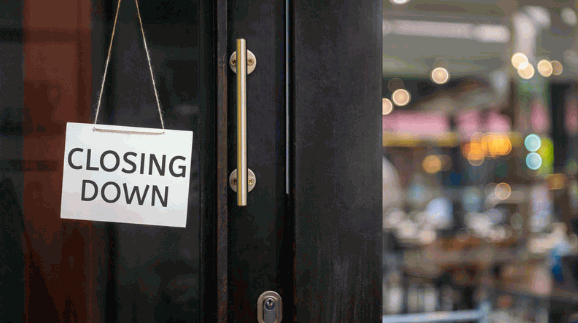
Deciding to close down your sole trader business is a significant step. Whether it's due to a change in circumstances, a shift in market dynamics, or personal reasons, it's essential to understand the process and the responsibilities involved.
At Auditox Accountancy, we know the challenges involved with this work, which is likely to be an emotional time for a person, on top of the organisational requirements they face. We have a step-by-step guide to help you navigate this transition smoothly.
Table of Contents
When you decide to wind down your business operations as a sole trader or if you're planning to exit a business partnership, one of the primary and most crucial steps is to notify HMRC. This is not just a procedural formality but a legal obligation that ensures you remain compliant with tax regulations in the UK.
Delve into: How Far Back Can HMRC Go
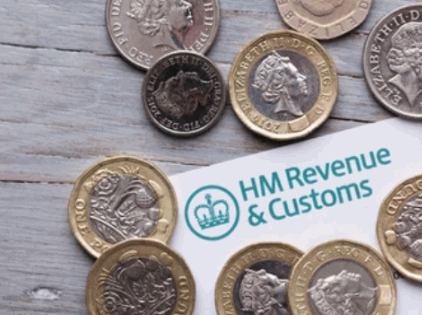
Transparency With Tax Authorities: Informing HMRC about ceasing your business operations ensures that you maintain transparency with the tax authorities. It helps avoid any potential misunderstandings or discrepancies in the future regarding your tax liabilities.
Avoiding Penalties: Failing to notify HMRC in a timely manner might result in unnecessary penalties or fines. By promptly informing them you are no longer trading, you safeguard yourself against any inadvertent non-compliance.
The Final Tax Return: The final tax return is a comprehensive document that provides HMRC with details about your business's financial activities up to the point of closure. This includes income, expenses, and any other relevant financial transactions.
When preparing your final tax return, it's essential to:
Essential Documentation: Before you start the process of submitting your final tax return, ensure you have the following details readily available:
National Insurance Number: This unique identifier is crucial as it tracks your contributions to the National Insurance system.
UTR (Unique Taxpayer Reference) Number: This is a 10-digit number that is unique to either you or your business and is essential for tax-related processes.
Seeking Assistance: If you're unsure about any aspect of this process, it's always a good idea to consult with a tax professional or accountant. They can guide you through the intricacies of the process, ensuring that you fulfill all obligations and benefit from any applicable reliefs or deductions.
Remember if you are a sole trader, you don't automatically need to inform Companies House of your business, or when you cease trading. You need only contact Companies House if you wish to operate as a company.
Explore: How Likely Are You To Be Investigated By HMRC
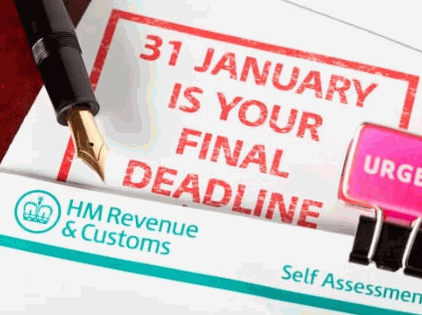
The earnings threshold is a crucial concept for those considering or currently operating as self-employed individuals in the UK. It serves as a guideline to determine whether or not one needs to register as self-employed based on their annual earnings.
Dig Deeper: Accountants For Self-employed
The earnings threshold refers to a specific income limit set by tax authorities. If a self-employed individual's earnings fall below this limit during a tax year, they are not mandated to register as self-employed.
Current Limit: As of 2023/24, The Lower Profits Limit is £12,570 for 2023/24. This means if your self-employed profits for the 2023/24 tax year are lower than £12,570 there is no need for you to pay any Class 2 NIC or Class 4 NIC.
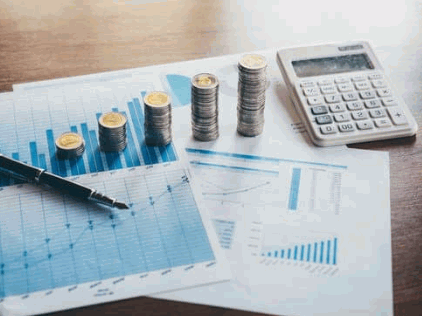
While it might seem tempting to avoid the administrative tasks associated with maintaining a self-employed registration when earning below the threshold, there are several compelling reasons to consider staying registered:
Proof Of Self-Employment Status: Maintaining your registration provides official documentation that you are a self-employed individual. This can be beneficial in various scenarios, such as when applying for loans, mortgages, or even specific services that require proof of employment status.
Voluntary Class 2 National Insurance Payments: Even if you're earning below the threshold, you can opt to make voluntary Class 2 National Insurance contributions, which is useful because:
Future Benefits: These contributions count towards certain state benefits, including the State Pension. By making these voluntary payments, you ensure that you don't have gaps in your NI record, which could be crucial for securing full benefits in the future.
Protection: It provides a safety net, ensuring you're covered for certain benefits should you need them.
Flexibility: If you anticipate that your earnings might increase in the future, maintaining your registration means you're already set up and won't need to go through the registration process again. This can save time and effort, especially if your business suddenly experiences growth.
The earnings threshold provides a guideline for self-employed individuals to understand their registration requirements. However, even if one's earnings fall below this threshold, there are tangible benefits to maintaining a self-employed status.
It's always advisable to consider both the immediate and long-term implications of any decision related to your self-employment status.
When concluding your journey as a sole trader, one of the pivotal steps you must undertake is the submission of your final tax return. This document, known as the Self-Assessment tax return, is not just a formality but a comprehensive record of your business's financial activities up to its closure.
Find out more: 5 Stages Of Tax Investigation
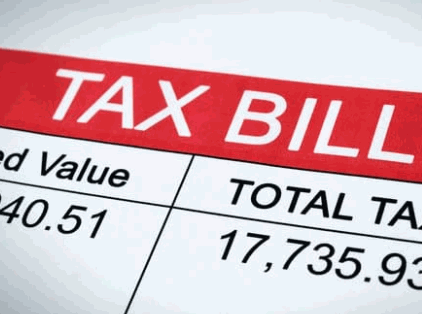
The Self-Assessment tax return provides HM Revenue and Customs (HMRC) with a detailed account of your business's financial performance during its final operational year. It ensures that all due taxes are paid, and any reliefs or refunds owed to you are processed.
Discover: Sole Trader Self Assessment
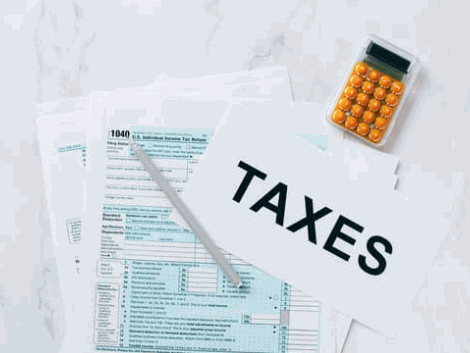
This represents the total revenue your business generated. It includes sales, services rendered, and any other income sources related to your business operations.
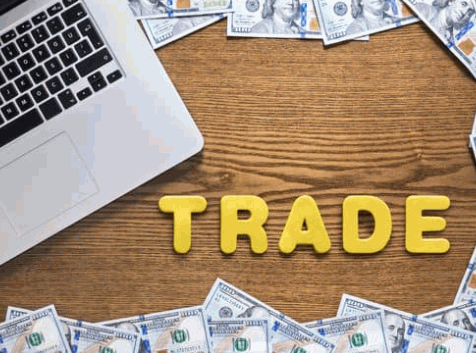
These are the costs you incurred while running your business that can be deducted from your income. Notably, when closing your business, certain specific expenses, such as fees for professional services related to the closure, can also be included.
If you've invested in business assets like machinery or equipment, you might be eligible for capital allowances. These allowances can reduce your taxable profit by accounting for the depreciation of these assets.
When you sell or 'dispose of' business assets, you might make a profit, known as a 'gain'. This gain can be subject to Capital Gains Tax. It's essential to declare any such gains in your final tax return to ensure you pay the correct amount of tax.
Learn more: Capital Gains Tax Accountants
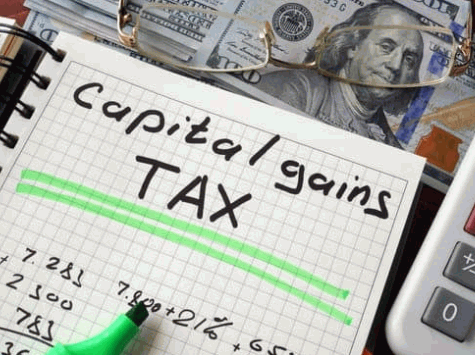
After accounting for all income and deducting allowable expenses and reliefs, you'll arrive at your final profit or loss. This figure is crucial as it determines the tax liability you are personally responsible for or any refunds you might be entitled to.
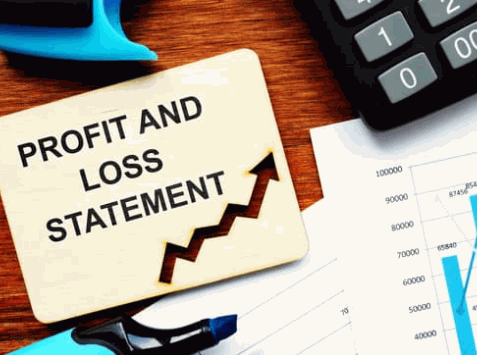
If you were operating within a partnership agreement and the partnership is about to stop trading, the process has an added layer:
Construction Industry Scheme (CIS) Implications:
If you're registered under the CIS and decide to stop trading as a contractor or subcontractor, inform the relevant authorities promptly when closing a business.
Given the complexities and nuances of tax regulations, it's often beneficial to consult with a tax professional or accountant when preparing your final tax return. Their expertise can ensure accuracy, maximise allowable deductions, and ensure compliance with all tax obligations.
At Auditox Accountancy, we offer a wide range of services, and we are as capable of supporting sole traders as we are with a limited company. Knowing your business debts could make you personally liable is a concern for many self-employed professionals or entrepreneurs, as is knowing how to send final payroll reports or working out if you owe capital gains tax.
We are more than happy to guide and advise you on all sole trader taxation issues, so please contact us today if you require professional advice.